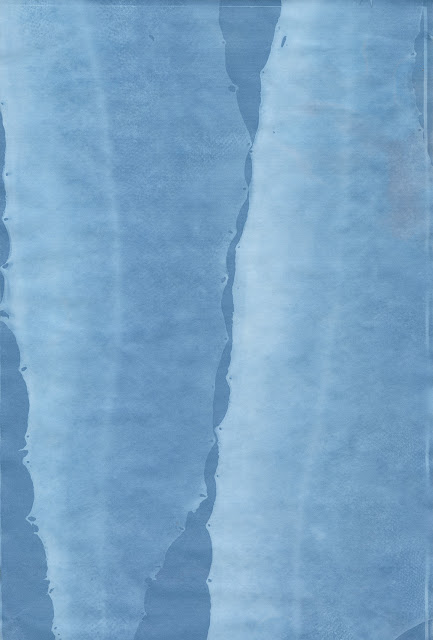MoMA in NYC has placed records of its
exhibitions from the founding in 1929 to the present online. Included are some catalogs, some images of the installed exhibits, checklists, and press releases in some combination and to varying degrees. While not on display at the same time, both Ignatz Wiemeler and Gerhard Gerlach exhibited at MoMA.
Ignatz Wiemeler, Modern Bookbinder: [exhibition], October 2nd to October 24th, 1935.
Among them is the catalog to the 1935 exhibit,
Ignatz Wiemeler, Modern Bookbinder!
 |
| Cover to Ignatz Wiemeler, Modern Bookbinder |
The catalog also references the article "
Bookbinding, Old and New" by Wiemeler that was published in
The Dolphin, No. 1, 1933. The complete run of
The Dolphin is online at Carnegie Mellon University. This was his only publication in English.
February 3–March 7,
1943.
The items in the exhibition represented "a selection from a nationwide competition, open to all American artists and craftsmen, for new designs and objects in those crafts acknowledged to have therapeutic and recreational value for disable ad convalencent members of the Armed Forces."
In the category "projects for patients," Gerlach received an "honorary award" with a Morris Levine for a lap board that was used for binding. Gerlach die the bookbinding. Levine was credited for the lap board. A lap board can be seen at right in the image from the exhibition below.
 |
| Lap board at right. |
These kinds of activities, including for veterans were not unique to the United States. A contemporary example from Germany was Ruth Zechlin's
Soldaten Werkbuch für Freizeit und Genesung. Ravensburg: Otto Maier Verlag, 1943 (2nd ed). It was designed for convalescing soldiers and those on leave, and starts off with instructions for making a Bett-tisch (bed table) for making the quite complex projects on. These include wood working, origami,bookbinding, dolls, all manner of crafts really. See some images showing the cover with pasted-on label, title page, the Bett-Tisch, and examples of bookbinding in the post "
Bookbinding for Rehabilitation."
More articles here.




























































